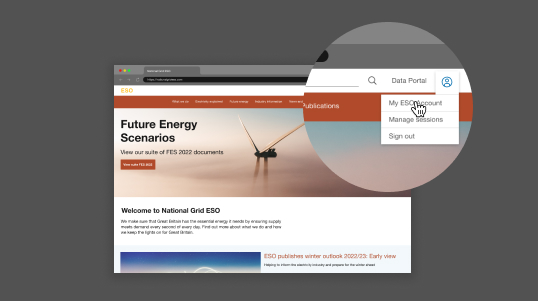At certain times of the day, we need access to sources of extra power in the form of either increased generation or demand reduction. This enables us to manage a greater than forecast electricity demand on Britain's transmission system. These additional power sources available to us are called 'reserve services.'
Different sources need different timescales in order to be ready to deliver the required service. In this section, we list reserve services according to their timescales (shortest timescales first):








